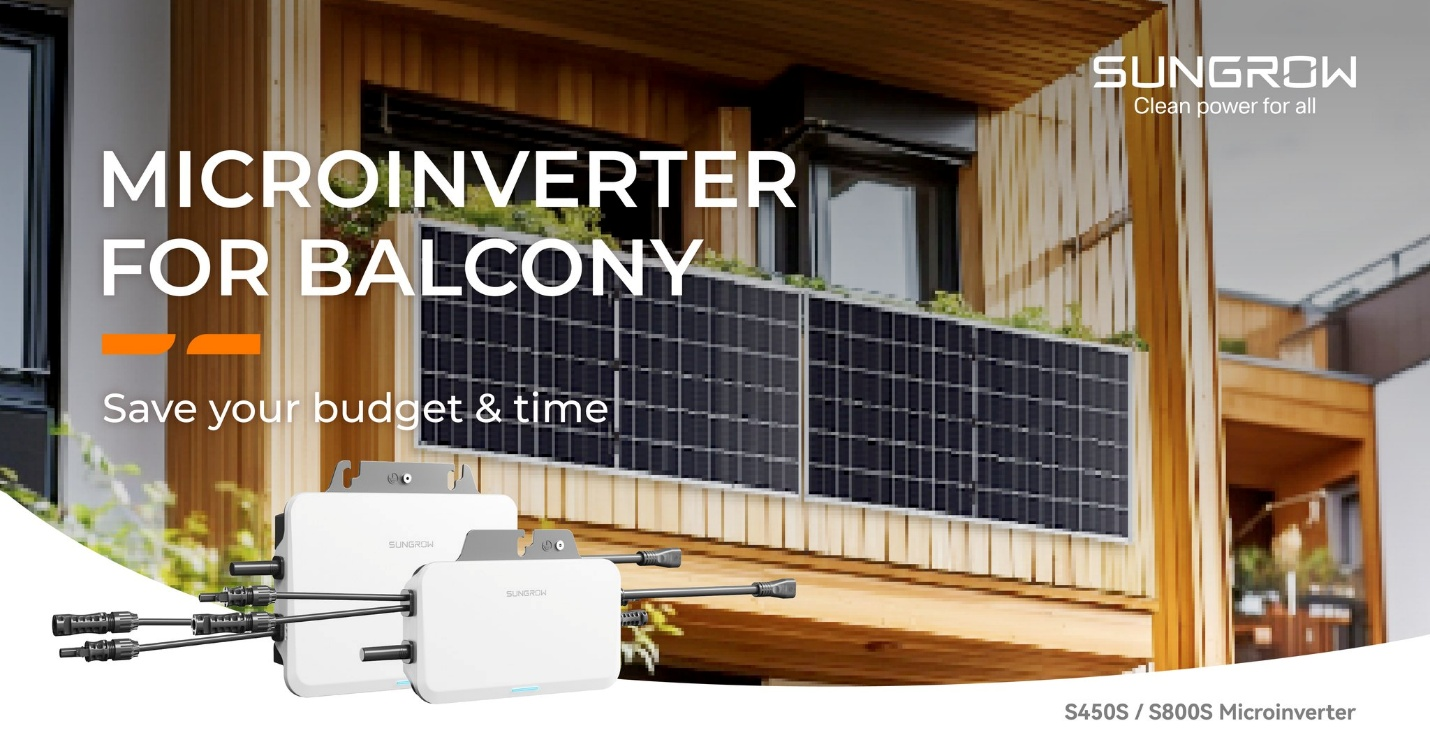Solar balcony systems are gaining popularity as more homeowners look for renewable energy options. Given the space constraints in apartments and smaller homes, these systems are an ideal solution. Unlike traditional solar panels installed on rooftops, solar balcony systems provide clean, renewable energy while taking up minimal space, saving valuable roof area. This article will guide you through understanding these systems and help you determine the right size for your needs.

Understanding Solar Balcony Systems
A solar balcony system is a compact renewable energy solution, where solar panels are mounted on a home's balcony railings or framework. These panels capture sunlight and convert it into usable electricity, providing homeowners with an efficient energy source.
These systems differ from traditional rooftop solar systems. Their mounting location is different. Rooftop systems are installed directly on a home’s roof. Solar balcony systems are mounted on the balcony surface instead. This makes them well-suited for homes and buildings where roof space is limited. Balcony provides an excellent alternative surface for capturing solar energy.
Common use cases for these systems include apartments and condominiums. They have roof access that may not be permitted or feasible. They are also a good option for smaller single-family homes with limited roof area. The solar balcony systems can easily integrate into most standard balcony designs. They provide homeowners with renewable energy options even when a traditional rooftop installation won’t work.

How to Determine the Right System Size
Several factors should be considered when measuring this. It’s recommended to take the following into consideration:
1. Energy Consumption
A home’s daily electricity usage can be estimated by examining past utility bills. Larger families or homes with more electronics will require more solar output. Pay attention to seasonal changes in usage as well which may impact sizing. Look at bills from the last 12 months for an accurate picture.
2. Solar Exposure
A balcony’s location and shading throughout the day impact output. South-facing balconies receive the most sunlight. Nearby trees or buildings causing shade also impact sizing. Consider future growth of trees or planned construction which could later reduce sunlight.
3. System Power
The optimal panel wattage fits the available balcony space. The typical range of panels is 300w to 600w each. Larger panels produce more power but may not fit depending on the balcony dimensions. Make sure to consider space for safe movement and other balcony uses before deciding on the panel wattage/size.
4. Cost and ROI
Larger systems have higher upfront costs but reduce reliance on the utility over time through savings. Compare installation costs to estimated return on investment. Utility incentives, if available, can also make the upfront costs more affordable and impact ROI calculations.

Why Choose a Micro Inverter?
A micro inverter is an innovative solution. It converts DC power from each individual solar panel into AC power. It’s different from traditional string or central inverters which combine power from multiple panels. Micro inverters have several advantages:
ü Higher Efficiency: They optimize power from each panel despite shading or failure.
ü Panel Level Monitoring: Performance issues on specific panels can be identified.
ü Space-saving: No external combiner boxes are needed, simplifying balcony installations.
Sungrow is a global renewable energy brand. It offers the S450S/S800S microinverter designed for balcony installations. It converts solar energy from each panel directly to alternating current on an individual level. Some of the key features include:
ü High Yield: It boasts a unique design. It’s ideal for effective heat dissipation. It allows for long operation times and higher energy yields over the lifetime of the system.
ü Smart O&M: Integrated monitoring allows installers to detect potential installation issues. Microinverter’s self-diagnostics prove invaluable for this.
ü Easy Installation: Plug-and-play terminals and optimized cabling make for simple connections during balcony solar system assembly. All settings can be configured with just one click for streamlined setup.
ü Safe and Reliable: Rigorously tested to meet all necessary safety certifications. The microinverter’s architecture eliminates high DC voltage risks. Its IP67 and C5 environmental rating ensure resilience in all weather.
Conclusion
When choosing a solar balcony system, it's essential to consider your energy needs, location, and available space. Sungrow's microinverters, such as the S450S/S800S, are designed for balcony use, offering excellent monitoring features, reliability, and easy installation. Explore Sungrow’s innovative solutions and customer service to find the best system for your home.